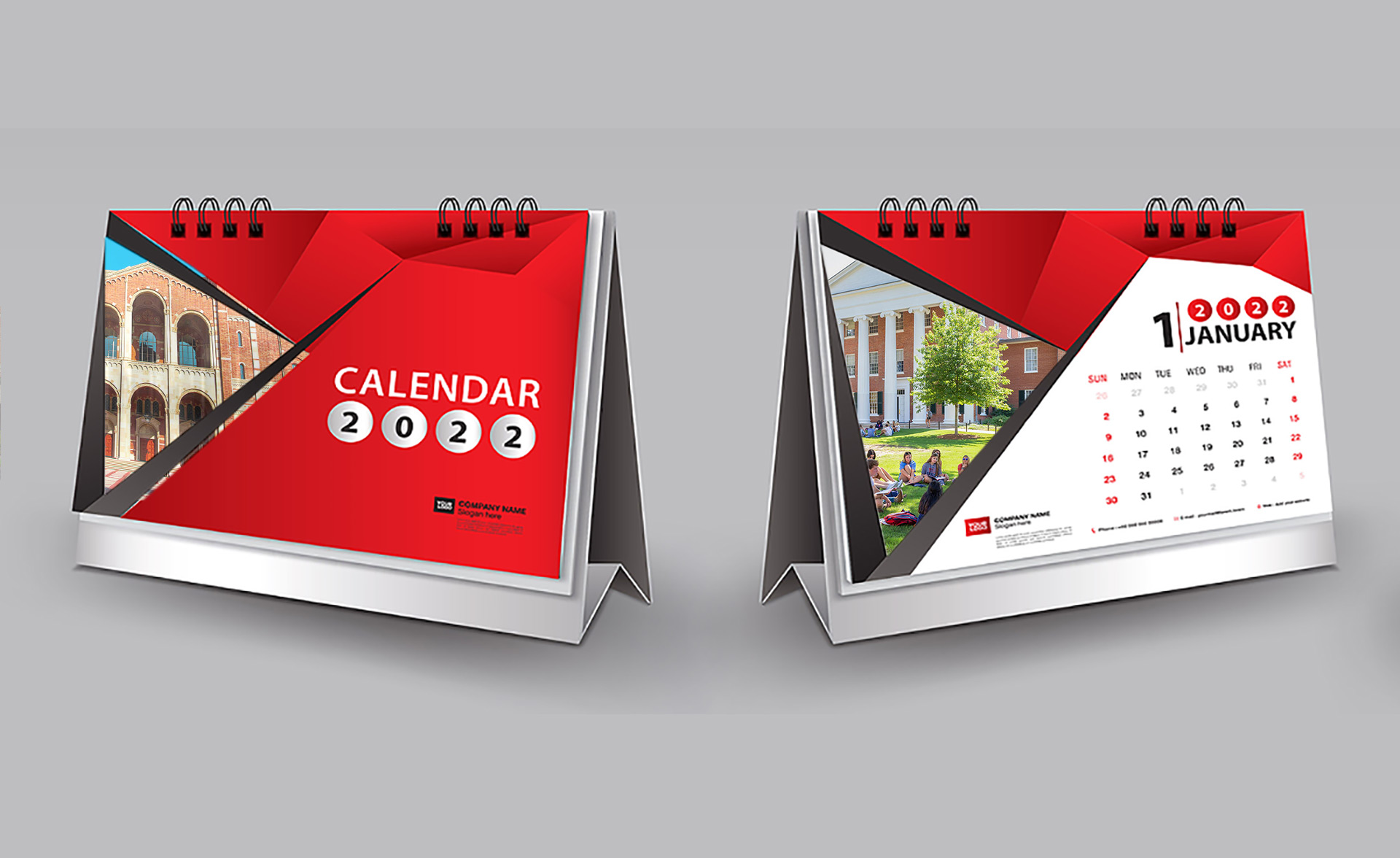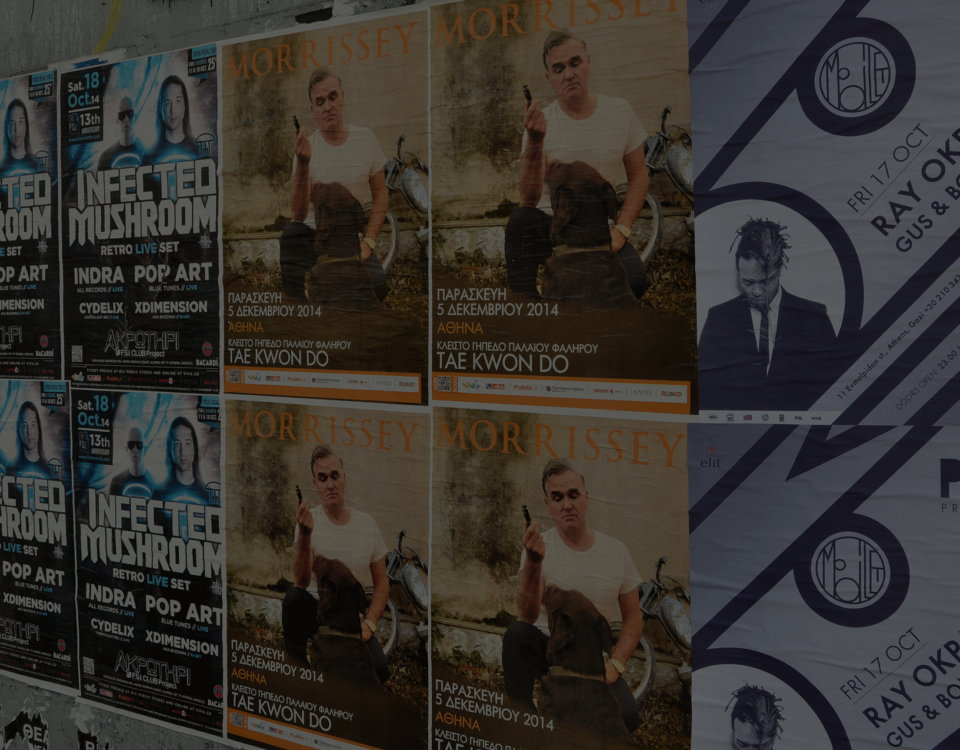
How Custom Calendars Can Market For Higher Education
September 15, 2021
How the Automotive Industry Uses EDDM to Drive Sales
October 15, 2021Have you noticed that when you’re given multiple options of something and asked to choose one, how hard it can be to make a confident decision? With over twelve different booklet binding options to choose from, the struggle can be real. Compared to traditional books, booklets tend to have smaller page counts and a paper or softcover. Their size and page count make them suitable for a number of binding types, but bindings are far from a universal fit.
How do you determine the ideal bookbinding for your next booklet project? Keep reading to learn about the differences between four common booklet binding options, and how to choose the right one.
Booklet Bindings: Pros and Cons of The Four Most Popular
The four most popular types of booklet bindings offer unique pros and cons that make them more or less attractive for various projects.
- Perfect Binding: Perfect binding is by far the most common binding for paperback and soft-cover booklets. Using glue to secure trimmed and collated pages to the inside of the wrapped cover, perfect binding is widely available and economical. However, perfect bound books/booklets cannot lay flat, making them less than ideal for images with a 2-page spread.
- Spiral Binding: Similar to comb binding (resembles a comb threading through holes punched into the edge of the book) and thermal binding (when book pages are glued directly to a book’s spine) spiral binding is often used for notebooks and similar materials thanks to its lie-flat capabilities and affordability. However, it’s rare to find this type of booklet binding in a retail or professional setting since it’s most commonly used for functional or short-run print projects.
- Hardcover Binding: Most books at your local bookstores will be hardcover, as will high-end booklets and coffee table materials like those produced by designers, photographers, and professional agencies, because it’s the most durable and professional binding option. It’s also the most expensive, though, explaining its usage in premium booklets.
- Saddle Stitch Binding: The most budget-friendly of the four common options, saddle stitch booklet binding uses a staple-like wire, punched through the folded spine of the booklet, to secure it. Though ideal for short booklets, magazines, and catalogs, the limitations of the staples make it hard to bind larger page counts or heavy-weight paper.
Find the Perfect Binding For Your Next Project
No matter the specifications of your booklet and booklet binding, Fotorecord’s custom booklet printing offers a wide variety of sizes, finishes, stocks, and bindings, and can fit a wide range of budgets and timelines without sacrificing the quality of the end result. Coupled with our new JPress750S printing press, which helps us print booklets faster and more affordably than other traditional methods, your perfect binding (and they say the perfect pun doesn’t exist!) is within reach.
Ready to start your next booklet-related project? Let’s talk – we have the perfect binding for you.
Contact Us Now for More Information
Phone: 724-837-0530



